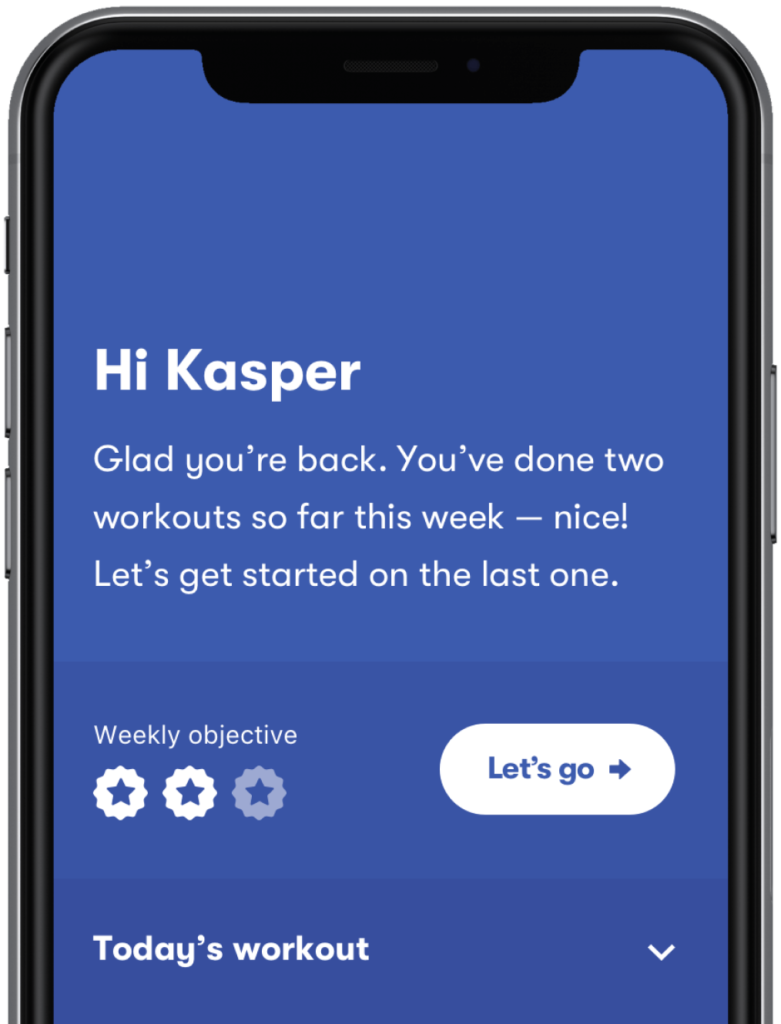Content:
What is Femoroacetabular Impingement (FAI) Syndrome?
Types of FAI
Causes of Femoroacetabular Impingement
Symptoms of Femoroacetabular Impingement
Diagnosis of Femoroacetabular Impingement
Treatment for FAI Syndrome
Other Treatment Options for Femoroacetabular Impingement
Complications
When to see a doctor
Healing from Hip Impingement
Do you find your hip joint is painful and stiff? Is it difficult for you to sit for very long or walk without a limp? Does the pain in your hip keep you up at night? You could be suffering from a condition called femoroacetabular impingement (FAI). Your symptoms may be making it impossible to do the things you love, such as dancing, running, hiking, or skiing. Thankfully, femoroacetabular impingement doesn’t have to leave you sitting on the sidelines. You can get back in the game with the right treatment and exercise.
FAI occurs due to abnormal development of the hip bones during your growing years. Over time, the hip joint becomes damaged, leading to hip pain. Active people often begin to experience the symptoms of femoroacetabular impingement earlier in life. This is because they use the hip joint more intensely during athletic activities.
If you’ve been diagnosed with FAI, do not despair. People with femoroacetabular impingement can live long, active lives without major problems. The hip pain and other symptoms can be managed with physical therapy exercises at home. The Injurymap app makes these exercises easily accessible to you. It also demonstrates the correct way to do the exercises.
In this comprehensive guide we give you all the information you need about femoroacetabular impingement. Remember, the guide is for information only. It is not a replacement for formal medical care. Specifically, you should seek the opinion of a healthcare provider if your symptoms do not improve with home rehab exercises.
Looking for a solution to hip pain from femoroacetabular impingement? Try the Injurymap exercise app now.
Other Treatment Options for Femoroacetabular Impingement
Activity Changes: It may be possible to reduce your hip pain by avoiding certain types of activities in your daily routine. For example, you could avoid squatting if it causes symptoms or makes your pain worse.
Pain Medication: NSAIDS (nonsteroidal anti-inflammatory drugs) such as ibuprofen can provide short-term relief of pain from hip impingement.
Surgery: Doctors sometimes recommend surgery in people who have damaged hip joint cartilage due to FAI. Surgery may also be recommended if your pain does not get better with medications and exercise. During the surgery, the surgeon will trim down the bumps in the bone to reduce friction and relieve symptoms.1
Complications
Risk of Osteoarthritis and Labral Tear
Over time, the friction caused by bone spurs in the hip can lead to a breakdown of the labrum and of the cartilage. The labrum is a ring of fibrocartilage that surrounds the hip socket. The cartilage is a protective structure that cushions the bones and prevents friction. If the labrum or cartilage becomes torn or damaged, it can lead to painful and debilitating osteoarthritis. The longer you leave painful symptoms of femoroacetabular impingement untreated, the more damage it can cause in your hip.1
When to see a doctor
Most people can manage femoroacetabular impingement with home remedies. All you need to do is avoid the activities that cause pain and use occasional pain pills. Once the hip has had a chance to rest and your pain has settled down, you can begin working on strengthening and stretching the hip muscles. However, if your symptoms do not go away with home physical therapy, you should see a doctor and find out the exact cause of your hip pain.
Healing from Hip Impingement
If you have femoroacetabular impingement, it is not the end of an active lifestyle for you. And you don’t have to live with constant hip pain and stiffness. It is possible to restore your hip to good health with the proper training. Exercises can help reduce your pain by strengthening the muscles that surround the hip joint. This includes large muscles such as the hamstrings, quadriceps, glutes, hip adductors, and hip flexors. Performing stretches can also provide you with good pain relief. But it’s important to do the exercises and stretches correctly.
The Injurymap app shows you the correct way to perform dozens of different hip strengthening exercises. You can do these exercises in the comfort of your home with little to no equipment. As your muscles become stronger and you become more flexible, your symptoms of femoroacetabular impingement should be reduced.
Start a free 14-day trial of the Injurymap app today!



